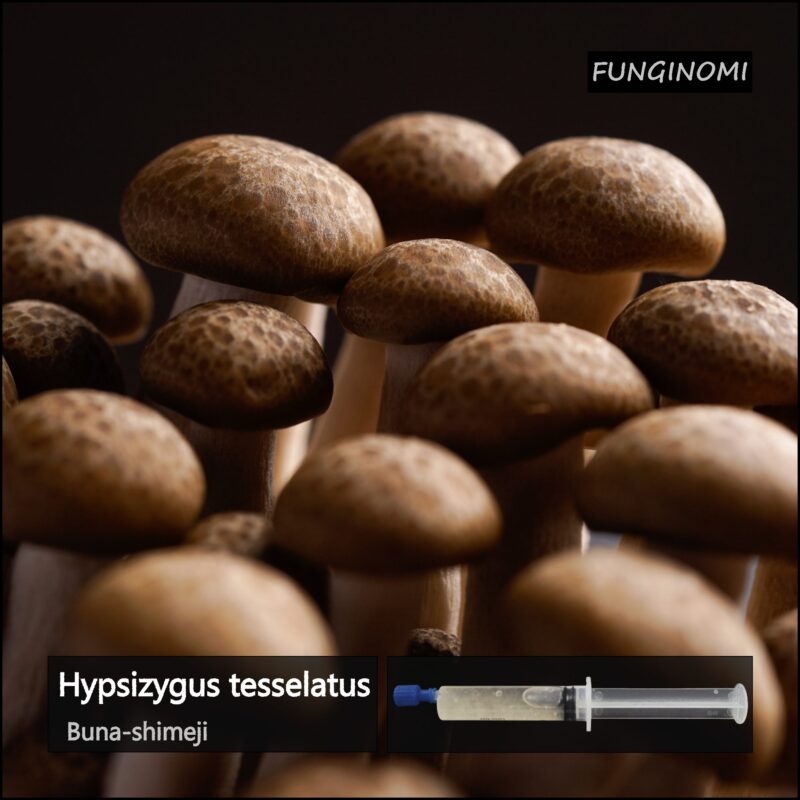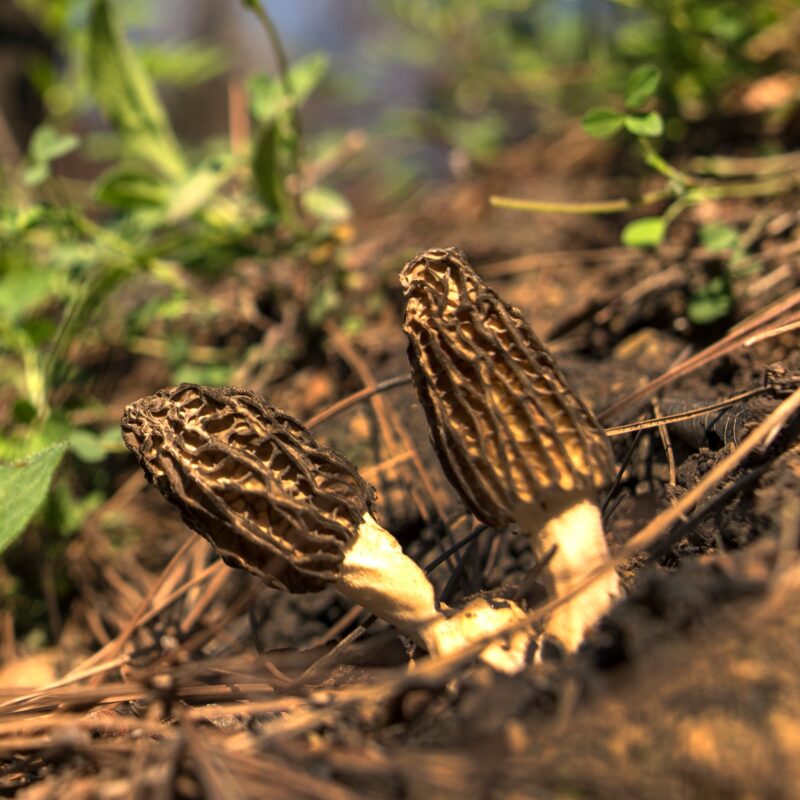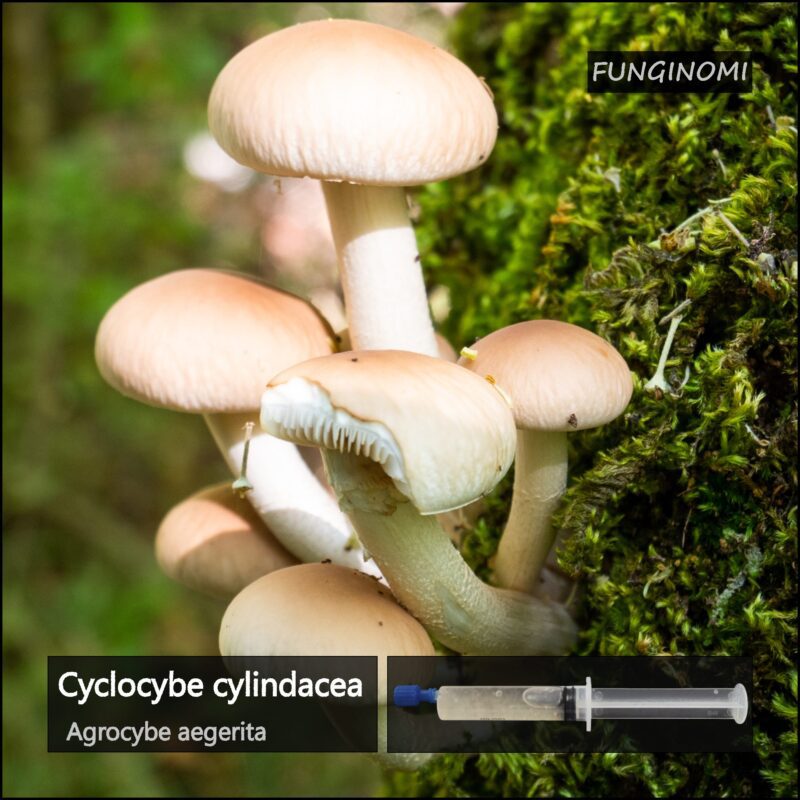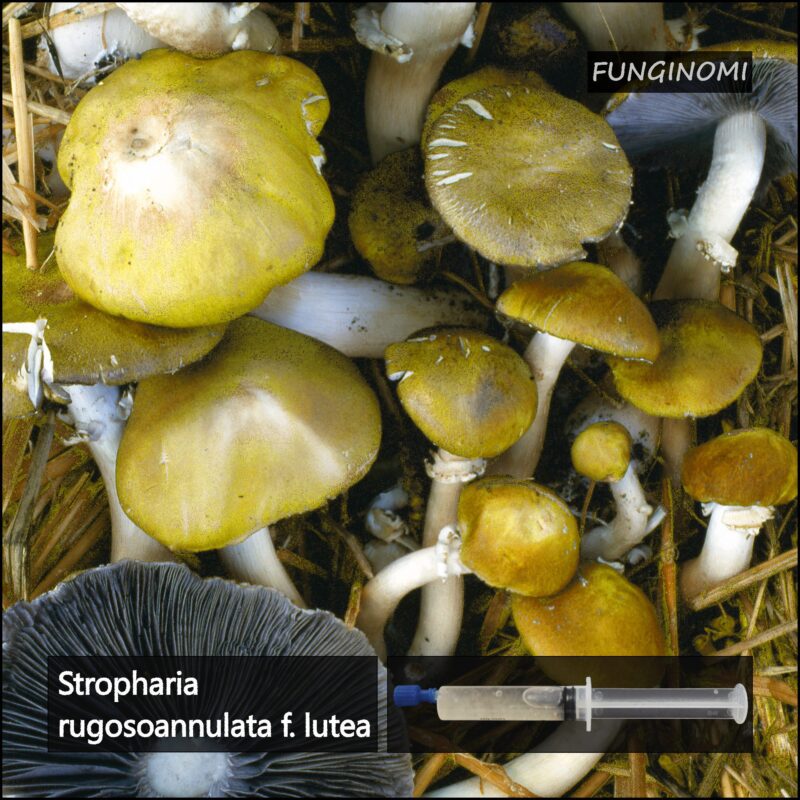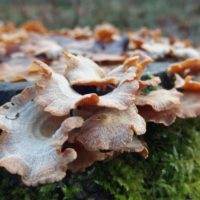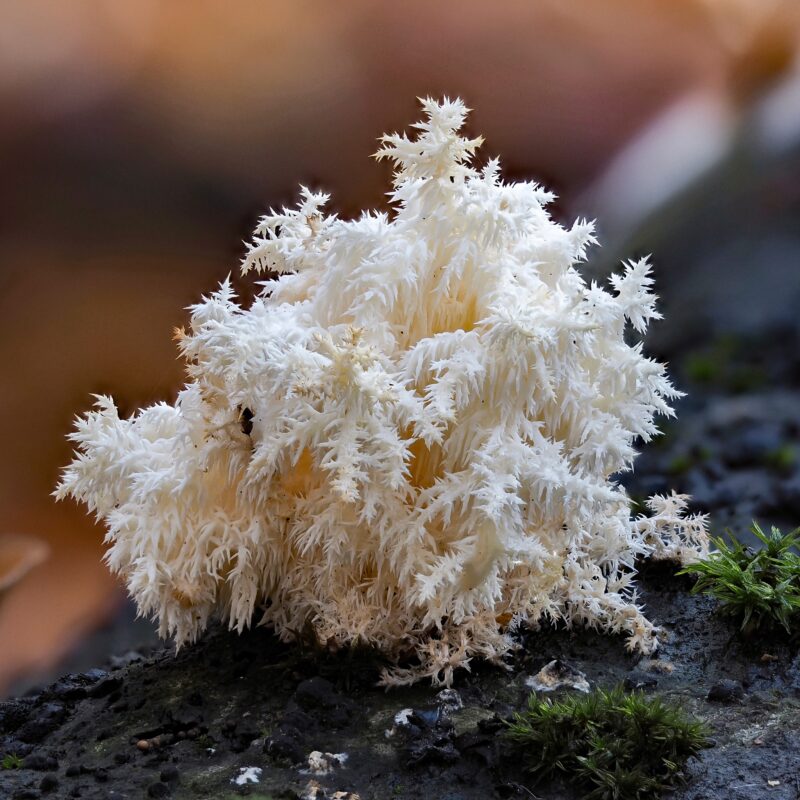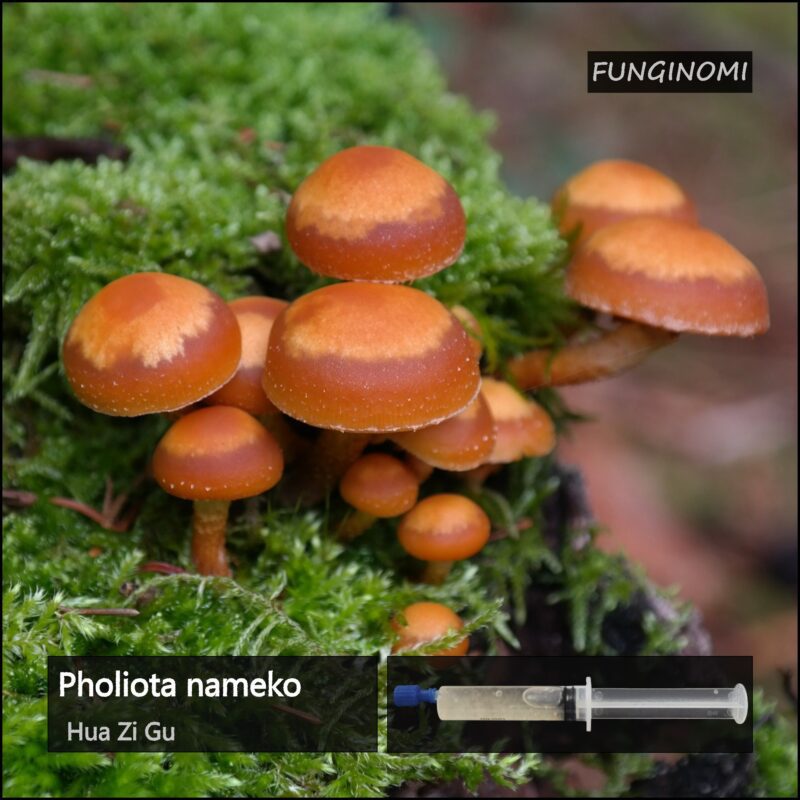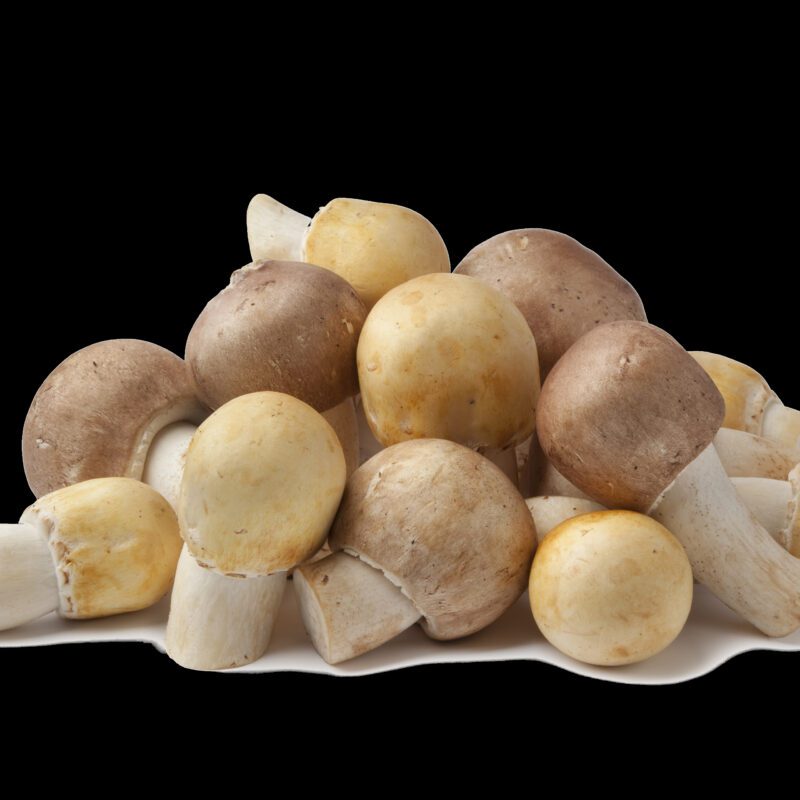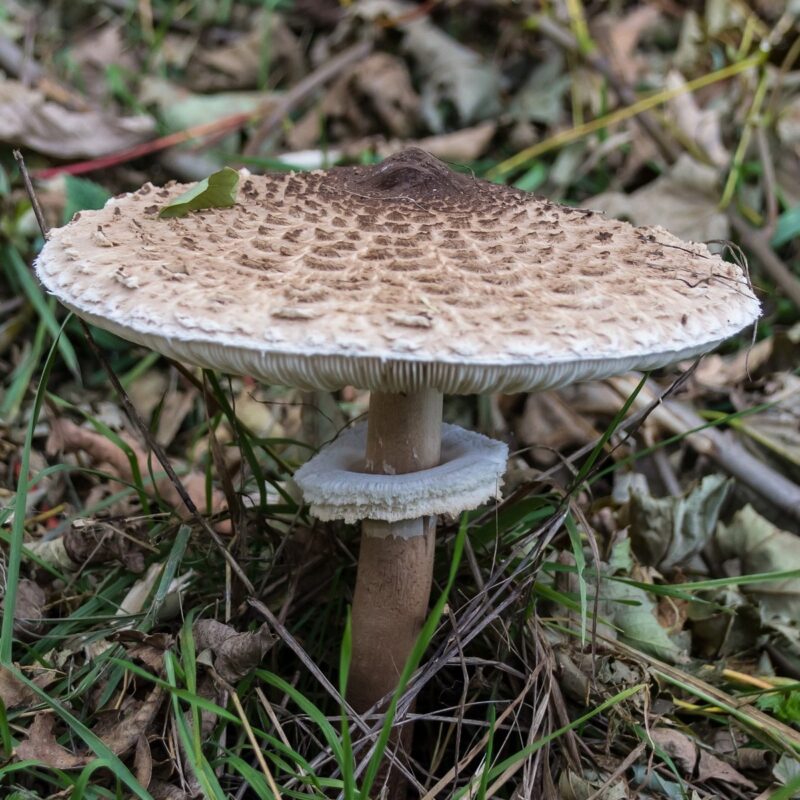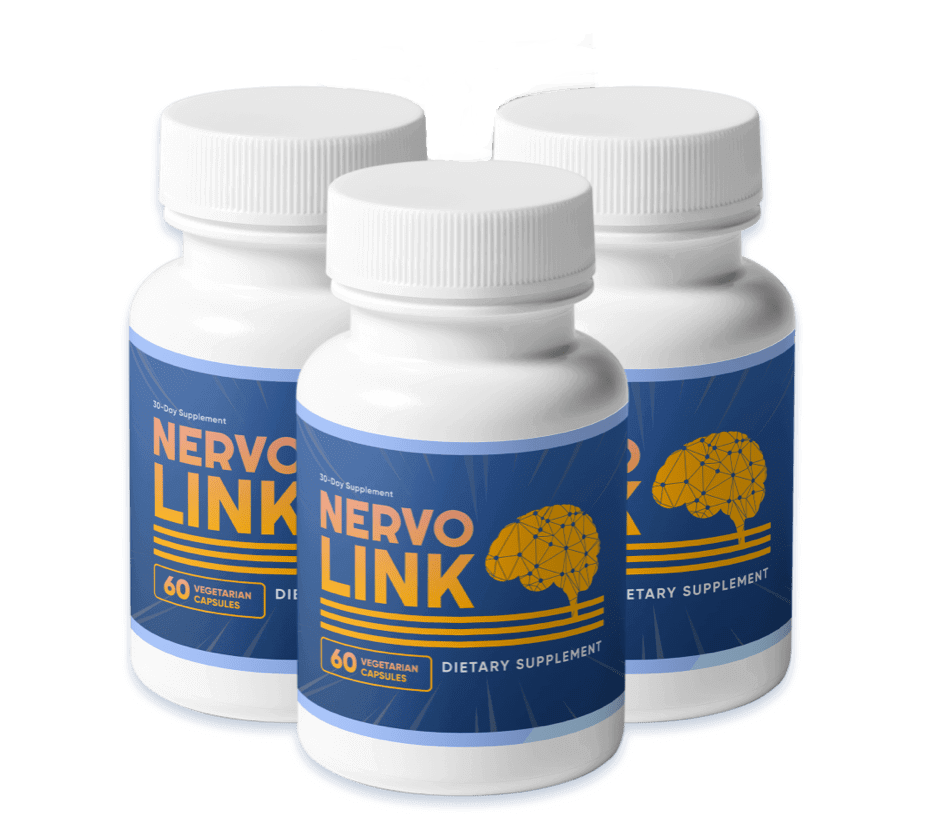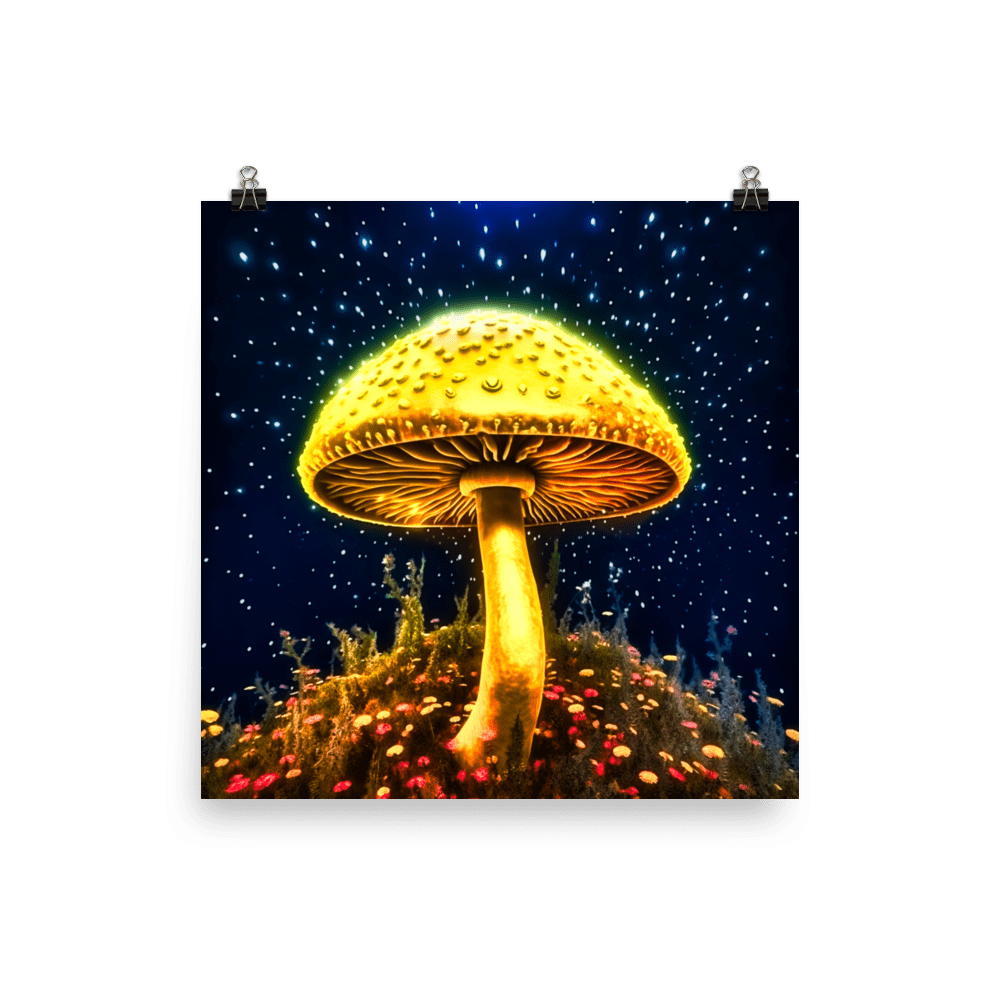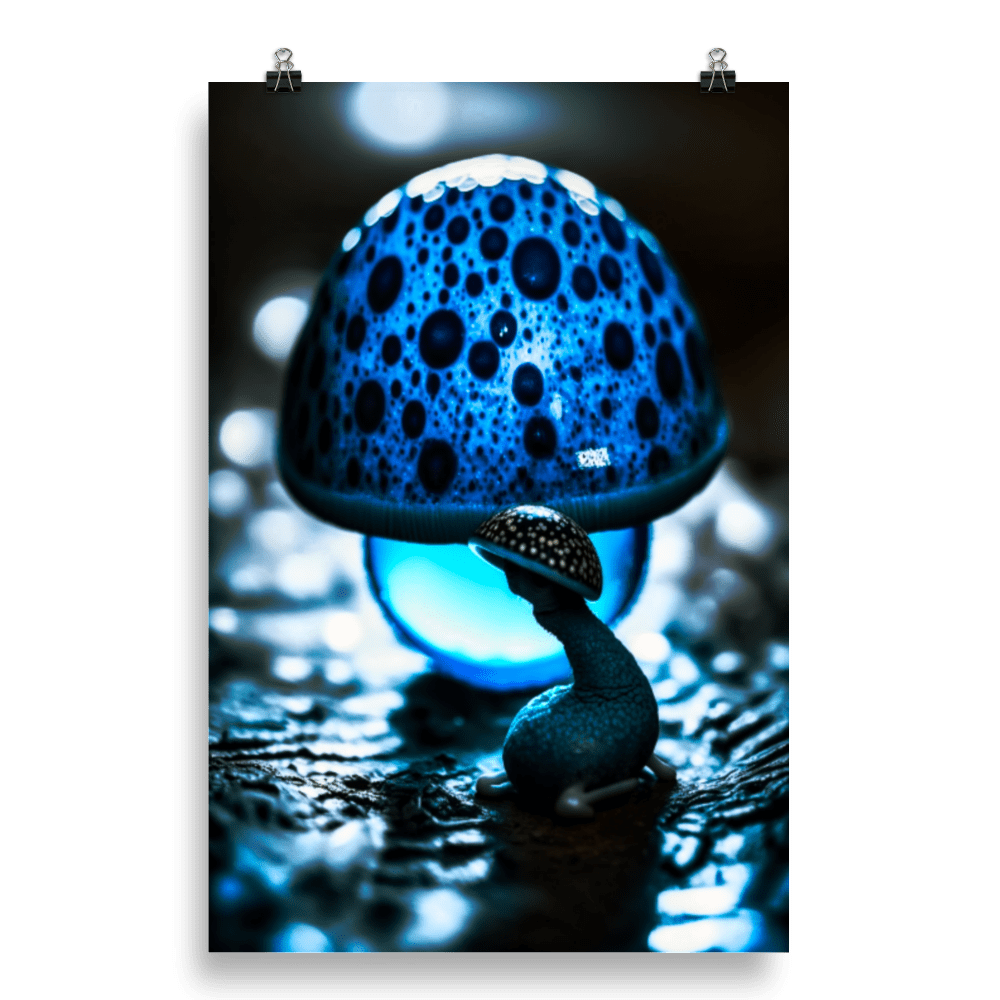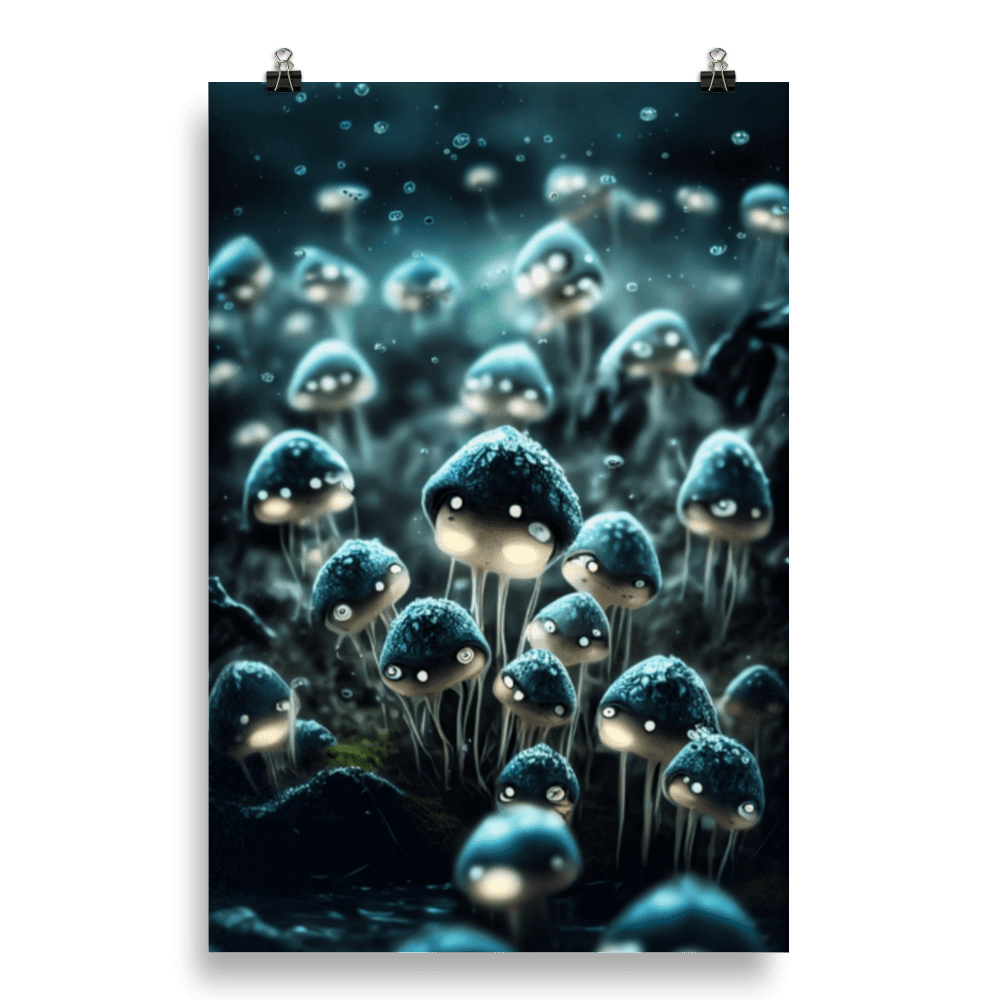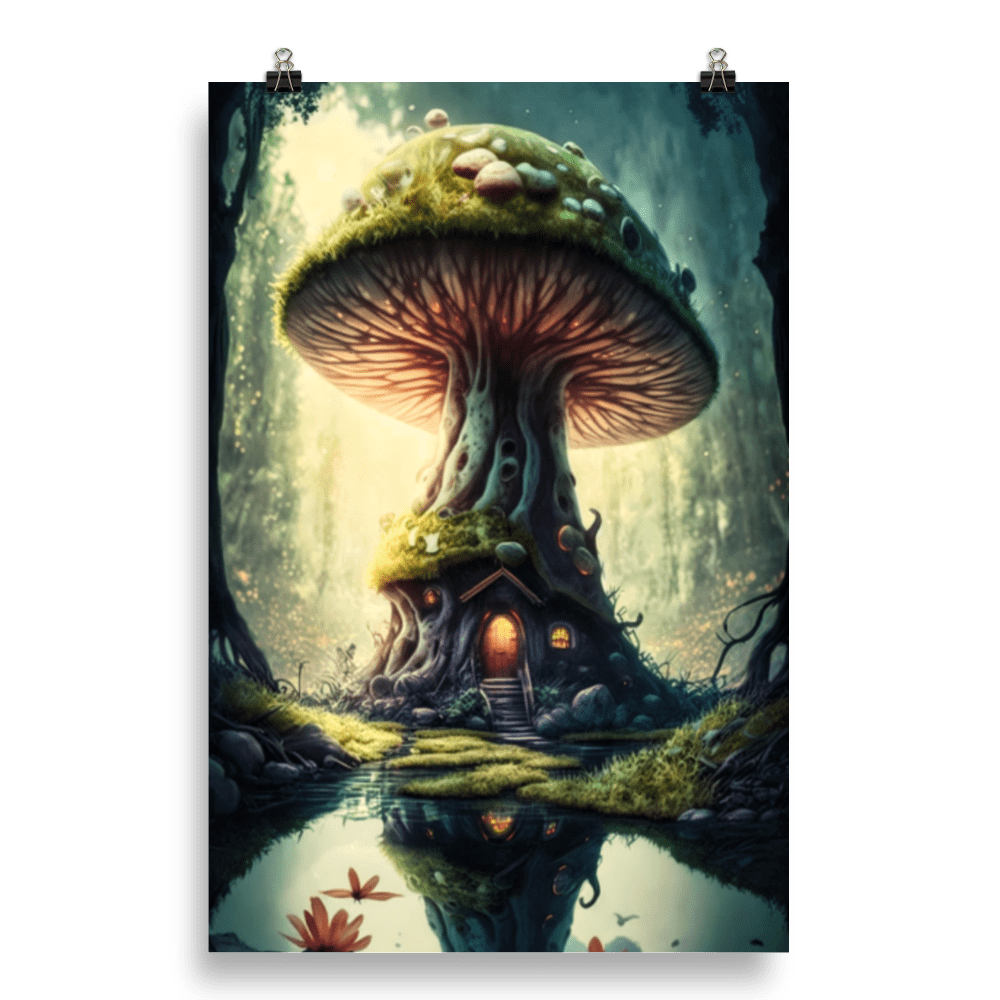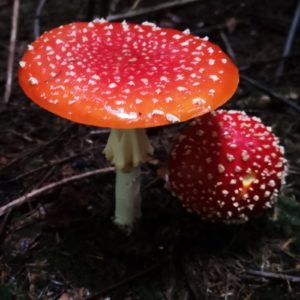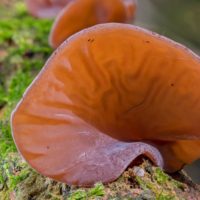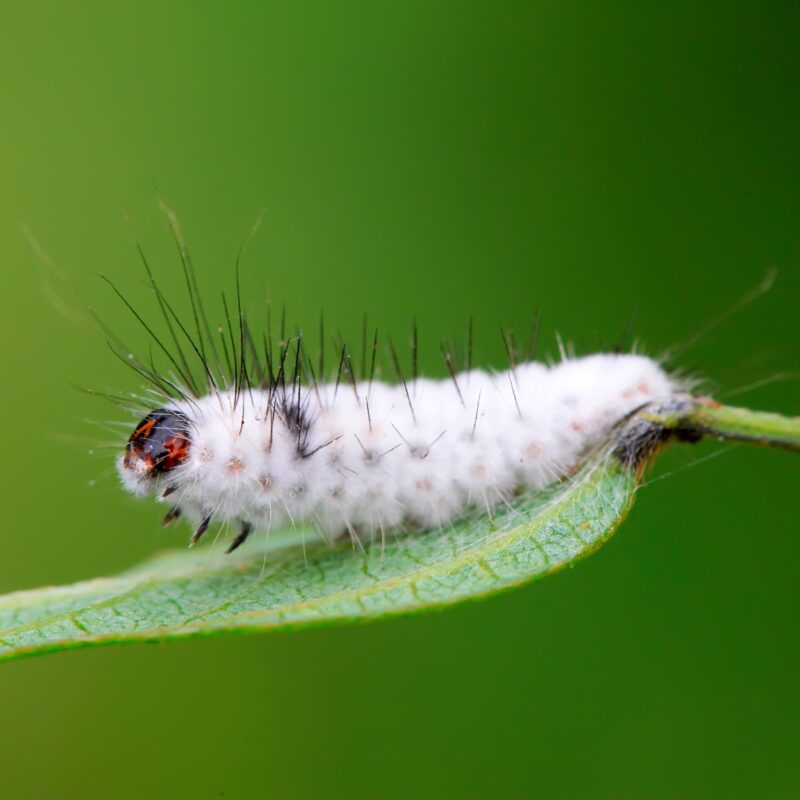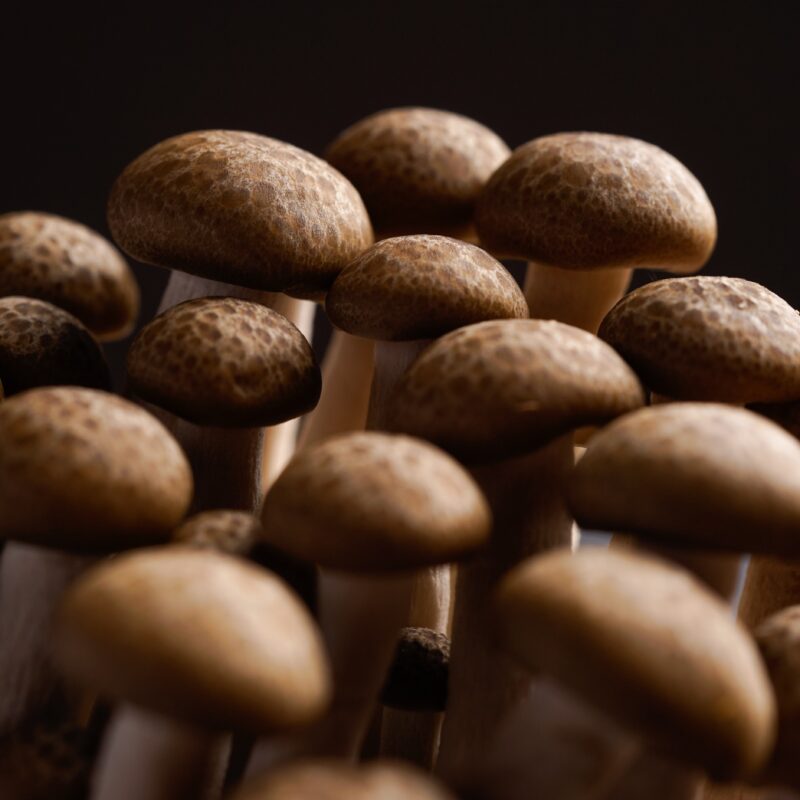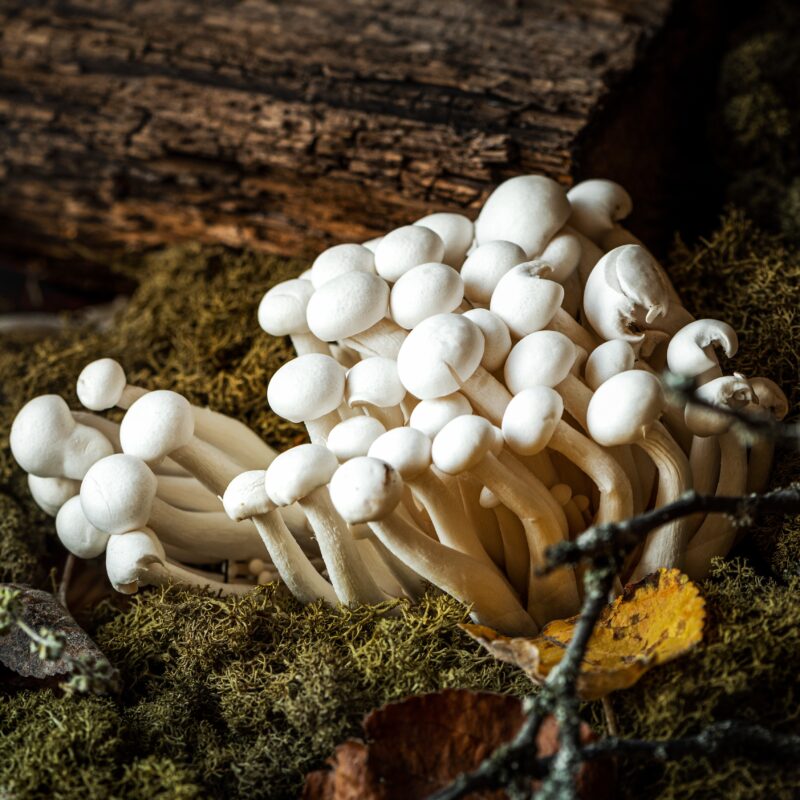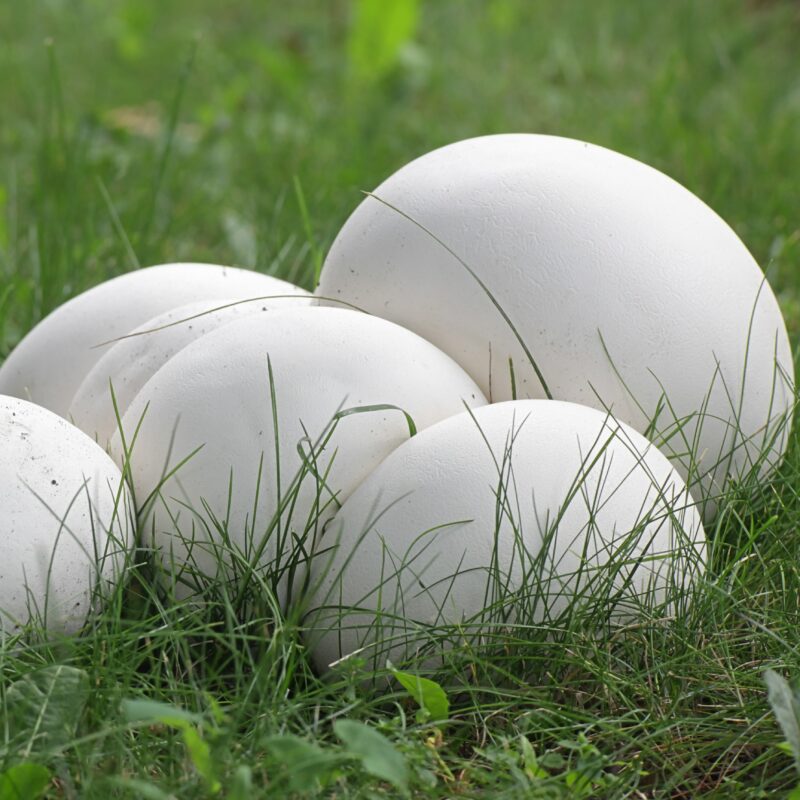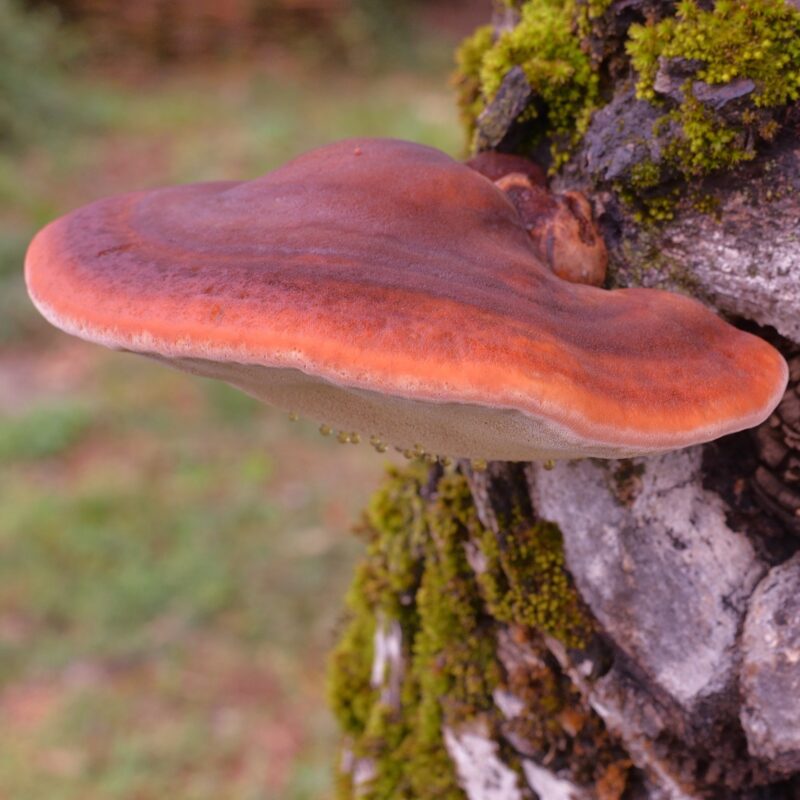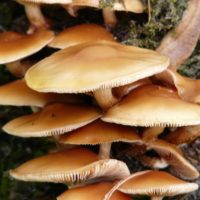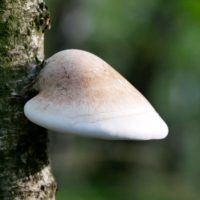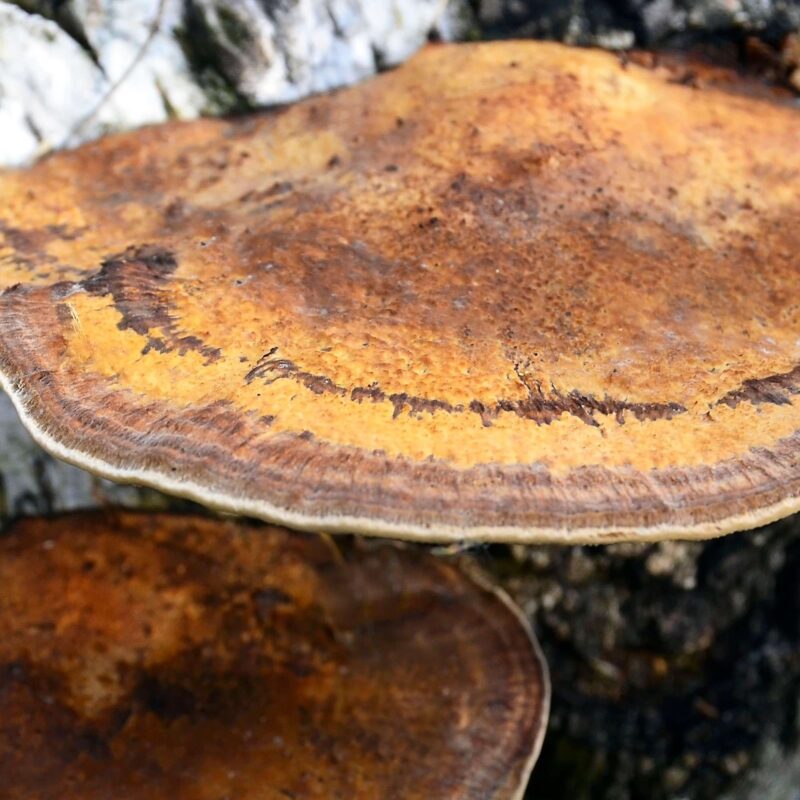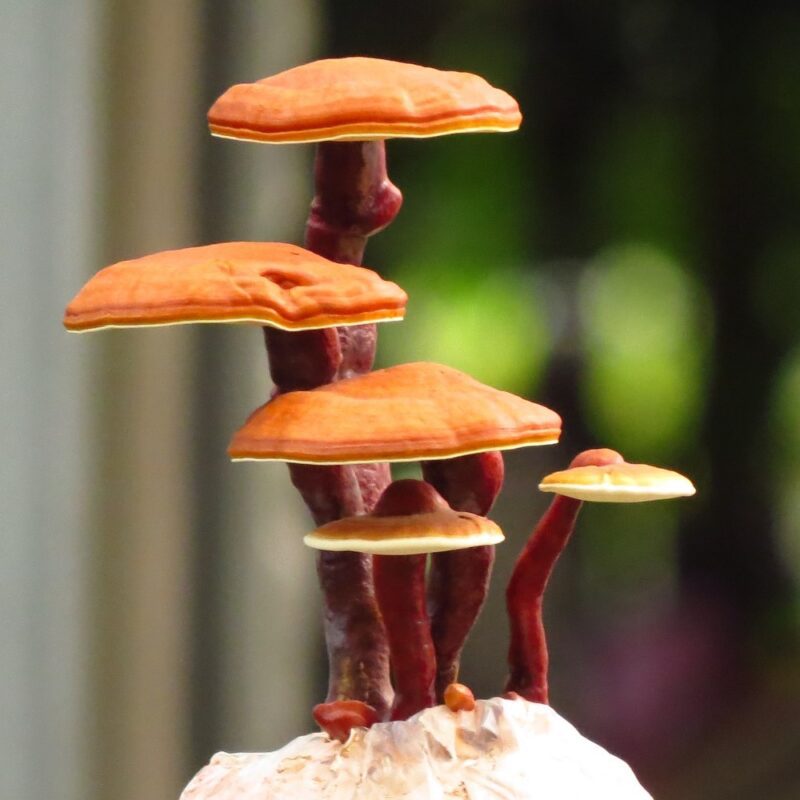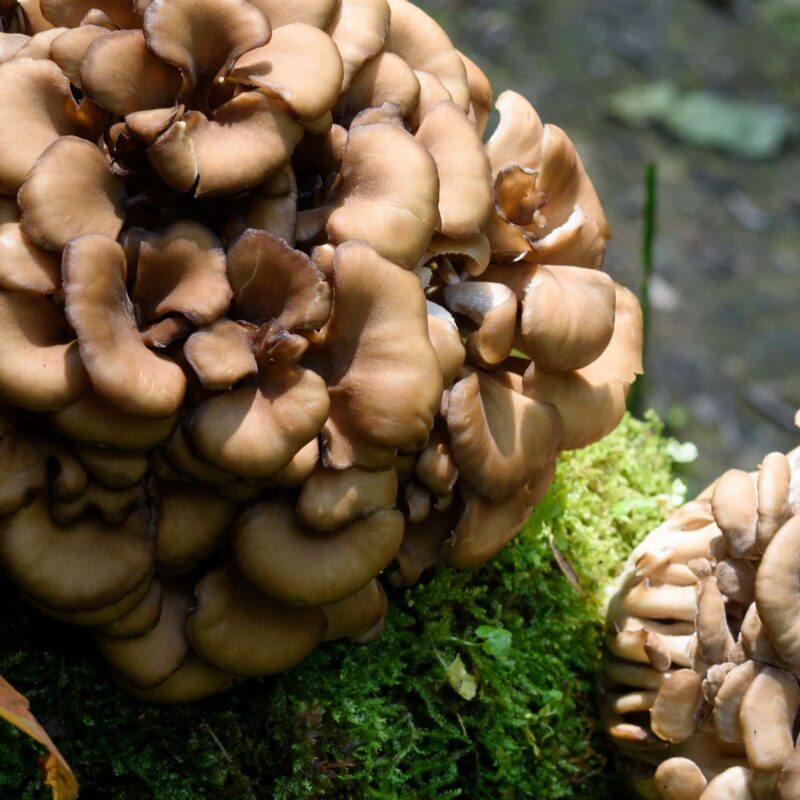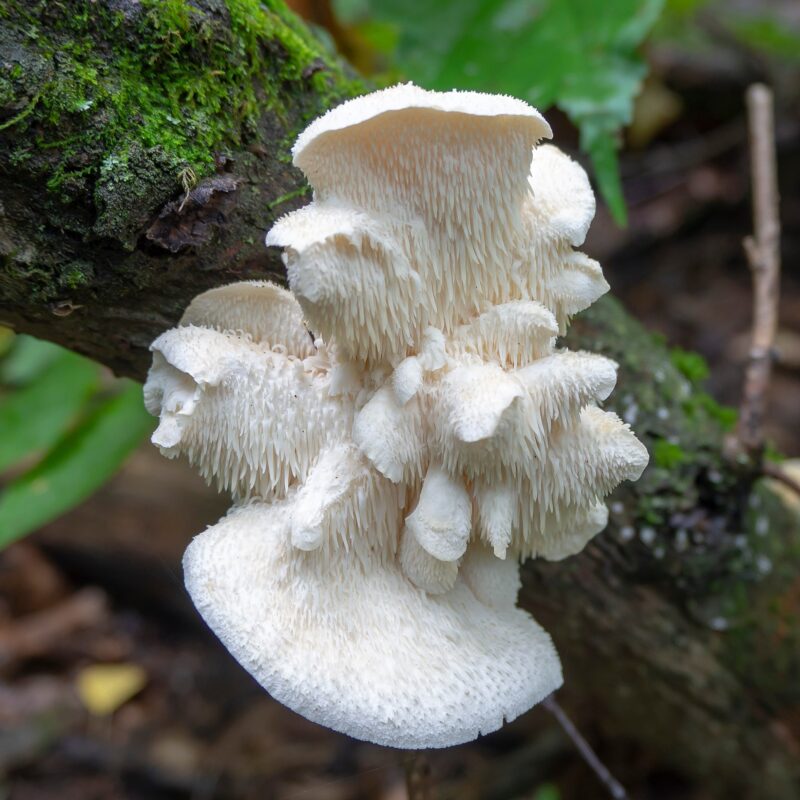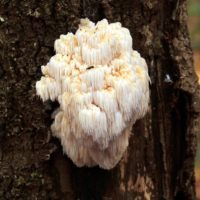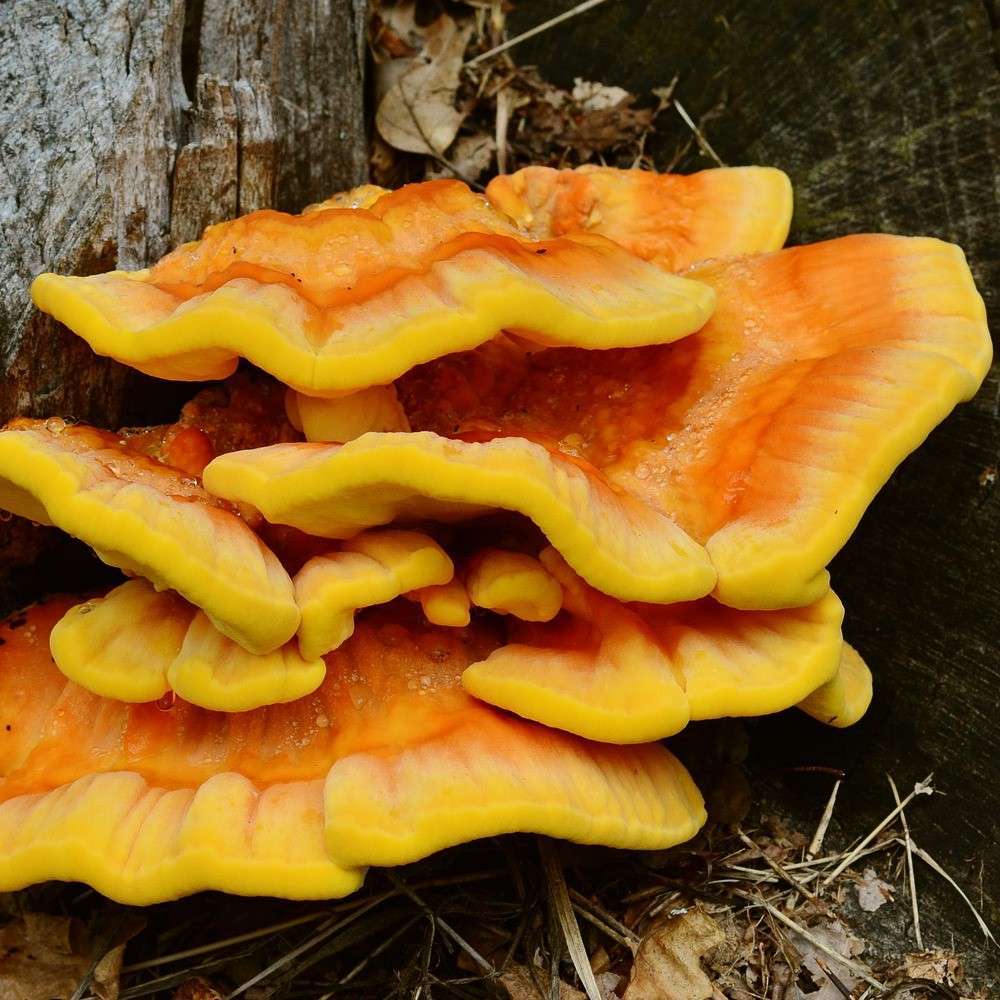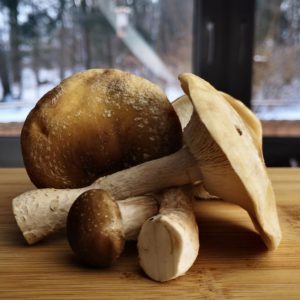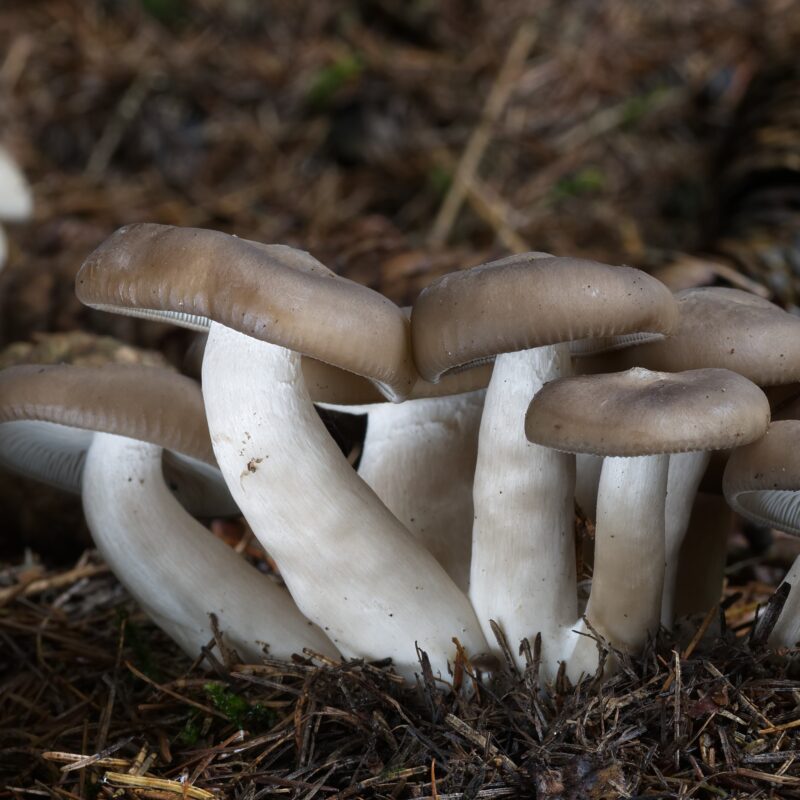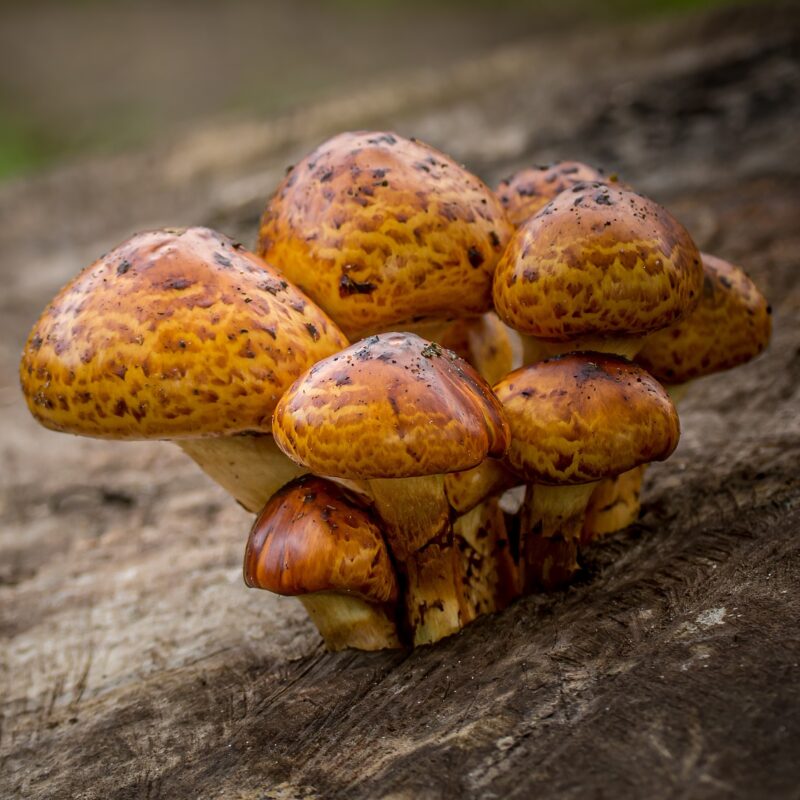Description
Properties
The Turkey Tail Mushroom (Trametes versicolor, also called Coriolus versicolor), also known as variegated formet or butterfly spore, is a common wood-inhabiting fungus species of polyporacea.
As a weakling parasite and wood decomposer, it is also at home in our latitudes, widespread and easy to find.
Known as “Yun Zhi” in TCM for a long time, its contained polysaccharides are considered particularly valuable. Trametes versicolor is mentioned in ancient Chinese medicinal works on medicinal herbs, for example, the “Shennong Ben Cao Jing”. This work was most likely written in the Han Dynasty (probably 200 BC), but it may contain even much older data. The active ingredient Krestin, extracted from the mushroom, has been approved as a cancer drug in Japan since 1977.
Also the decorative aspect is interesting, in floristry one uses the mushroom likewise. You can make beautiful brooches from it and pin them to your hat. In the past, they were also used as jewelry components, such as on brooches, buckles or hats.
Trametes versicolor is a common saprobiontic wood dweller or weakness parasite, its main substrate in Central Europe is the copper beech, more rarely it grows on oak, birch, common hazel and willow. In addition, the butterfly formet can occur on many other hardwoods, not infrequently also on coniferous wood. It grows on stumps, stacked wood, lying logs, branches and twigs. The fungus can be found in all forest types in Central Europe, moreover also outside forests if suitable substrate is available. The fruiting bodies are annual, the species can be found all year round; in Central Europe fresh fruiting bodies appear mainly from the end of May to August.
In clinical trials with Trametes versicolor involving 262 patients (Nakazato 1994) and 224 patients (Sugimachi 1997) with gastric cancer and treated with chemotherapy, patients showed a reduction in the number of relapses and an increase in disease-free survival during treatment.
PSK stimulated the production of interleukin-1 in human cells (Sakagami 1993). PSK reduces cancer metastasis (Kobayashi 1995). PSK has also been found to trap compounds that oxidize free radicals (superoxide anions) through the production of manganese superoxide dismutase (Kobayashi 1993; Kim 1999).
Based on in vitro studies (Collins 1997) it has been suggested that the highly water-soluble and weakly cytotoxic polysaccharide (PSP) isolated from this fungus is an antiviral agent that inhibits HIV replication.
Both PSK and PSP are present in the mycelium and can be extracted from fermented cultures.
Turkey Tail fungus can cause serious damage when it attacks stored or built-up wood, such as support beams in mines or railroad sleepers.
Trametes versicolor is used in traditional Chinese and Japanese medicine; among other things, it is said to have an immunomodulatory function, with certain polysaccharides contained in the mushroom (polysaccharide K, crestin) believed to be the effective constituents. Indeed, several scientific studies have demonstrated a certain adjuvant effect on some carcinomas, at least in vitro and partly in vivo. In 2020, the U.S. Food and Drug Administration (FDA) banned two companies from promoting trametene products as anticancer agents or as immunostimulants due to a lack of approval.
1. Growing
Growing Procedure
Non-sterile on hardwood logs, Trametes versicolor is not choosy. Sterile on (enriched) mixed substrates. The fungus sometimes grows rapidly into the substrate, but longer incubation periods of several months are the rule. Stronger light at 800-1500 lux provides better color formation.
The color of the fruiting bodies is directly dependent on the Ph-value in the substrate. Acidify your substrate with tartaric acid or citric acid and the mushrooms will be quite colorful. Much lime in the substrate makes rather dark, bluish or black fruit bodies.
Growing
Agar Culture Media: MYPA, MEA, PDYA
Cropping Cycle: 2-3 flushes over 3 months
Containers for fruiting: Plastic bags, bottles, and trays, horizontal and vertical fruiting
Biological efficiencies: A mushroom with much less moisture content than most (75–80%), a 4.5-pound (2-kg) block of sawdust yields 100–200 grams of mushrooms dry
Substrates: This aggressive fungus can break down most hardwoods, recommend tane oak, oak, alder, poplar, aspen, elm, ironwood, and eucalyptus. This is one of the few mushrooms that grow well on apple, cherry, and other fruit trees. Softer hardwoods are quickly consumed, resulting in early, if not shorter, flushes.
Growing Characteristics
annual mushroom that often survives several seasons, fruiting bodies turn a dull gray long after the life cycle is complete. Often forms large colonies, especially on fallen hardwood logs and stumps.
subsequent decomposers, white rot trigger
S
|
P
|
F
|
|
|---|---|---|---|
Temp °C |
24-29 | 10-24(27) | 18-24 |
Relative Humidity % |
90-100 | 95-100 | 85-90 |
Duration d |
14-21 | 7-14 | 45-70 |
CO2 ppm |
>5000 | 400-800 | 500-1000 |
FAE per h |
0-1 | 5-7 | 5-7 |
Light lux |
– | 500-2000 | 500-2000 |
Affiliate Partner
Natural Habitat
Trametes versicolor is probably widespread all over the world. In Central Europe it is one of the most common porlings and can be found everywhere.
The most common polypore on dead hardwoods, less often on conifers. Most shiitake growers have come across this mushroom because it is a common competitor for natural wood, hardwood, poplar, oak, birch, beech, all year round (annual).
2. Identification
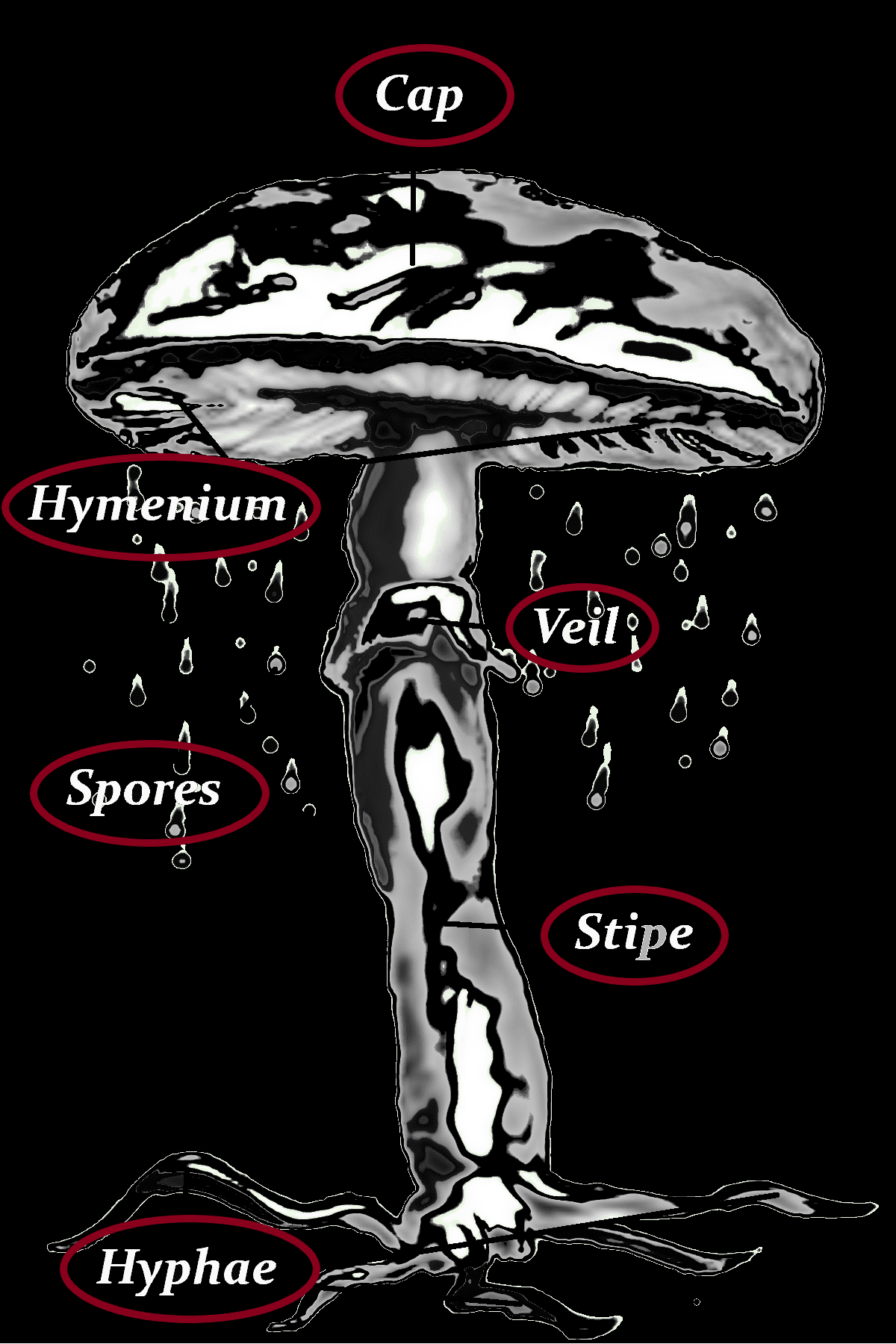
Cap
-offset or indistinct
-concentric zoning on fan-like shelves, which often form rosettes of overlapping fruit bodies
-classic bracket fungus, multicolored
-mushrooms are very different in color, rich in earthy gray and brown tones, often with bluish, greenish, reddish or whitish zones
-with slightly hairy surfaces edge usually wavy
Stipe
-stem absent
-if present central and short
Hyphae
-producing a whitish, tenacious, sheet-like, leathery mycelium
-toughening in age, becoming aerial and exuding a yellowish metabolite
-if the culture ages longer than 2 weeks, only the sharpest scalpels will be able to tear off skin-like mycelial layers from the agar surface
-hyphal system trimitic
Hymenium
-decurrent
-pores cover the underside
-3-6 per mm and up to 1,5 mm deep
-rounded-angular
-whitish, later yellowish, old also brown or gray-brown, angular, later yellowish, very variable
Spores
-cyclindric
-5–6 × 1.5–2 µm
-smooth
-slightly curved
-whitish in deposit
-heterothallic mating strategy
Danger of confusion
Trametes ochracea, Trametes gibbosa, Trametes hirsuta, Stereum hirsutum, Stereum subtomentosum, Trametes ochracea, Trichaptum biforme, Cerioporus stereoides, Trametopsis cervina, Metuloidea fragrans
Veil
–
3. Consuming
Gourmet
The Turkey Tail Mushroom is not an edible mushroom and is considered inedible in this country; however, extracts are used elsewhere (e.g., in the U.S.) as a food additive, which can cause diarrhea, stool discoloration, and discoloration of fingernails.
Smell
-grain spawn: sweet, pleasant, and distinctly polypore-like
-fruit: pleasant mushroom like
Taste
fungal unpleasant, mild
Flesh
like almost all Trametes – whitish, thin, between the hat felt (hat skin) and the meat there is usually a dark layer, the so-called cortex layer. This is the main feature for differentiating butterfly tassels, as this can be very color-variable in appearance to other trametes.
Nutritional content
.
4. Data
other names
| Chinesisch (traditionell) | 彩色雲芝 (彩絨栓菌) |
| Chinesisch (traditionell) | 雲芝 |
| Chinesisch (traditionell) | 青芝 |
| Chinesisch (vereinfacht) | 云芝栓菌 |
| Chinesisch (vereinfacht) | 变色栓菌 |
| Chinesisch (vereinfacht) | 异色云芝 |
| Chinesisch (vereinfacht) | 青芝 |
| Deutsch | Bunter Porling |
| Deutsch | Schmetterlingstramete |
| Dänisch | Broget læderporesvamp |
| Englisch | Many-zoned Polypore |
| Englisch | Turkey tail mushroom |
| Englisch | Turkeytail |
| Englisch | turkey-tail |
| Finnisch | silkkivyökääpä |
| Französisch | Polypore versicolore |
| Japanisch | カワラタケ |
| Katalanisch | bolet de soca de colors |
| Koreanisch | 구름버섯 |
| Litauisch | Įvairiaspalvė kempė |
| Niederländisch | Gewoon Elfenbankje |
| Norwegisch | silkekjuke |
| Polnisch | Wrośniak różnobarwny |
| Russisch | Траметес разноцветный |
| Schwedisch | Sidenticka |
| Serbian | Ćuranov rep |
| Serbian | Ћуранов реп |
| Slowakisch | trúdnikovec pestrý |
| Slowenisch | pisana ploskocevka |
| Spanisch | Cola de pavo |
| Spanisch | Hongo de pudrición |
| Tschechisch | outkovka pestrá |
| Türkisch | koriolus mantarı |
| Ukrainisch | Траметес різнобарвний |
| Ungarisch | Lepketapló |
| Wissenschaftl. Name | Boletus versicolor |
| Wissenschaftl. Name | Coriolus versicolor |
| Wissenschaftl. Name | Polyporus versicolor |
| Wissenschaftl. Name | Polystictus doidgei |
| Wissenschaftl. Name | Polystictus versicolor |
| Wissenschaftl. Name | Trametes versicolor |
other names
Polyporus versicolor, Polystictictus versicolor var. Nigricans, Turkey Tail, Many-Colored Polypore, Kawaratake, Yun Zhi, Cloud Mushroom, Schmetterlings-Tramete, bunte Tramete, Schmetterlingsporling, bunter Porling
| Kingdom | Fungi |
|---|
| Division Basidiomycota Class Agaricomycetes Order Polyporales Family Polyporaceae Genus Trametes Species T. versicolor Ecology Saprotrophic |



